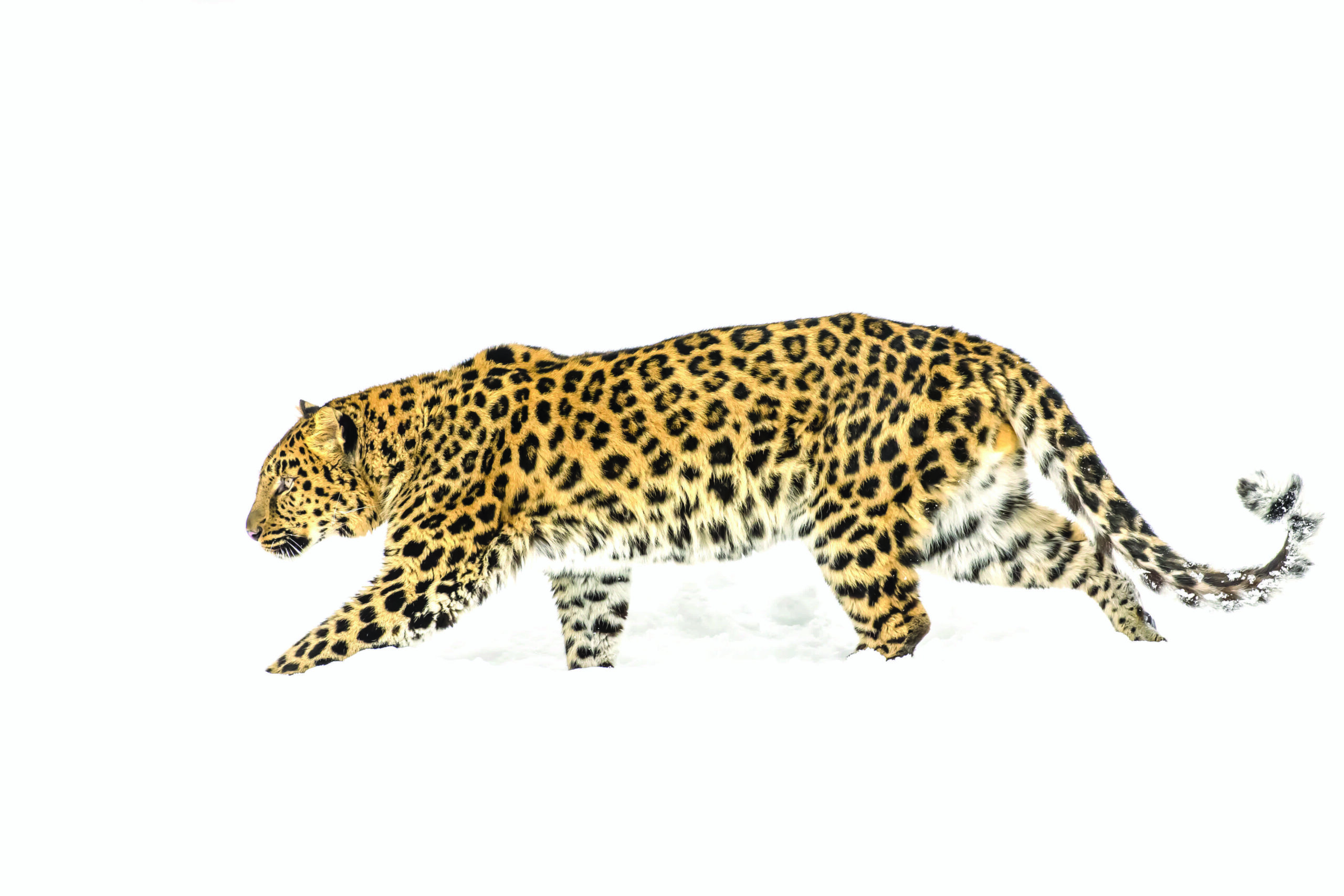Text Terence Koh, Image Shutterstock
The clamour for economic growth in Asia’s rapidly growing cities are threatening to drive animals across Asia into extinction.
The plastic pollution that spills out from the waters in Asia is rooted in the consumption of plastic from rapidly growing cities that are directly contributing to the growth of some of the fastest growing economies in the world. The impact of this pollution on biodiversity across land and sea is a far reaching problem that has affected far flung places from Mongolia, Russia and China to India, Vietnam and southeast Asia.
Amur River (Heilongjiang)
The Amur River, Heilongjiang (in mandarin) or Kharamuren River (in Mongolian, the name means “black river”) is formed by the junction of the Shilka River, which rises in Russia (more than 500 kilometres inland at Siberia), and the Argun (Ergun) River, which rises in Inner Mongolia (more than 1,600 kilometres). Originating in the western part of Northeastern China, the river flows east, forming a significant part of the border between Heilongjiang province (China) and Siberia (Russia) and discharges eventually into the Sea of Okhotsk. The Amur River supports a population of almost 75 million people.
The largest undammed river in the Eastern Hemisphere, the Amur’s watershed is over 380 million acres and forms part of the Amur-Heilong forest which straddles the border of China and Russia. The Amur flows for over 4,000 kilometres starting in Mongolia and forms the border between northeast China and southeast Russia.

One of the most biologically diverse forests in the world, the Amur-Heilong forest is home to the Amur leopard, one of the world’s most endangered large cats, and the endangered Amur tiger. A mixed woodland-grassland landscape, it houses an amazing array of plant species (like the Korean pine and wild ginseng) and animals that are facing huge threats from deforestation, illegal logging and infrastructure development.
Several major tributaries of the Amur are already blocked by hydropower dams. Heavy industries and mines along its lower reaches are discharging waste and heavy metals into it. Sewage discharge from cities around it are a huge source of pollution. In 2005, the Jilin chemical plant exploded and about 100 tonnes of pollutants containing benzene and nitrobenzene were released into the Amur. An 80 kilometre long slick of toxic chemicals passed through the Songhua River into the Amur, passing through Khabarovsk Krai before exiting into the Strait of Tartary. The benzene level, at one point, was recorded to be 108 times above national safety levels. Benzene exposure reduces red blood cell count and is linked to leukaemia.
For the rest of this article (Asian Geographic No.134 Issue 1 /2019 ) and other stories, check out our past issues here or download a digital copy here
The 25th anniversary of the largest and longest running dive show, Asia Dive Expo (ADEX) is set to occur on the 11-14th April 2019. Centred on the theme – Plastic free Future, ADEX is more than just a dive show with its commitment to the environment. Among an exciting lineup of programs, attendees can look forward to a Future Forward Series of Panel Discussion on the Single-Use Plastic Conundrum in Asia, on 13th April.
So join us at the event, get inspired and for all you know, you might just liberate the inner diver in you! More details of the event here.












